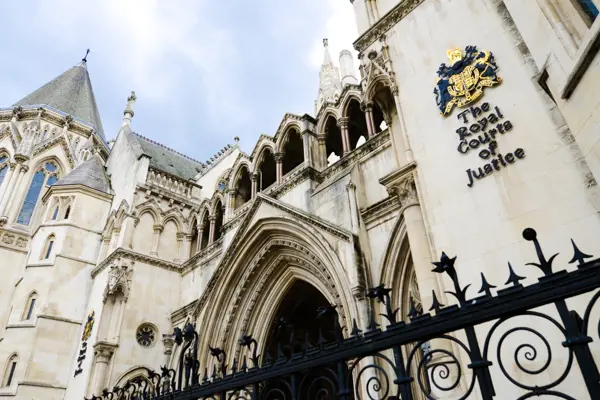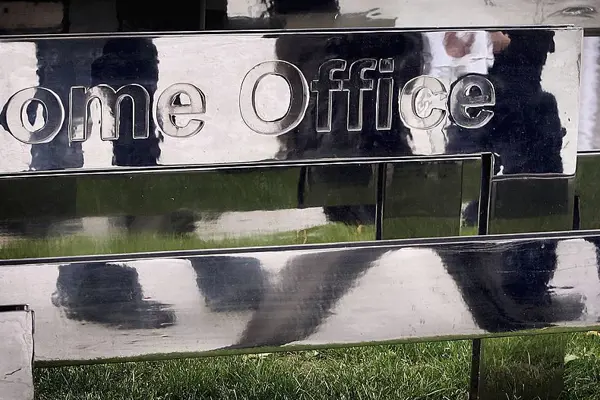Is a prize aimed at BAME writers racist?
Employment partner Kiran Daurka asks what steps will it take to level the playing field for writers of colour
Posted on 02 May 2017
I was instructed just before Easter by two well-known and accomplished writers who were distraught to receive a letter from the Equality and Human Rights Commission (EHRC) asking them to justify a writing prize for writers of colour that they had founded.
The Jhalak Prize, founded by Dr Sunny Singh and Nikesh Shukla, is aimed at promoting and recognising writers of colour. As Nikesh Shukla has said he would “much rather be writing than trying to push for diversity all the time”, but together with Sunny Singh they did pick up the mantle as they felt obliged to do so.
Writers of colour are more than alive to the structural barriers they face within the literary world – from publishers who lack diverse workforces, to agents making assumptions as to the types of work that writers of colour should be producing. In April 2015, the Arts Council funded a report published by Spread the Word into these very problems. The report highlighted, amongst other things, that:
In the context of clear evidence as to structural barriers to BAME (black, asian and minority ethnic) writers, Sunny and Nikesh launched the Jhalak Prize in February 2016. They founded it as two private individuals with essential experience, they gave up their own time and expertise to promote and encourage the competition in order to provide a platform for BAME writers.
On the night of the Jhalak Prize award, they received a letter from the Equalities and Human Rights Commission informing them that an MP had complained that the prize was discriminatory against white writers. In order for the EHRC to evaluate whether the Jhalak Prize was permitted, they asked my clients to justify the need for it. In other words, in the face of clear knowledge that the publishing world has a problem with diversity, was the Jhalak Prize proportionate and could they show that there was particular disadvantage that they were seeking to address.
So, we collated the publicly and readily available information which evidences these very things and presented them to the EHRC. The EHRC, of course, confirmed that the Jhalak Prize (and indeed, the Fourth Estate/Guardian BAME writers prize) is not discriminatory. The disadvantage to writers of colour is clear; the aim of the prize is legitimate; and the steps taken were proportionate to Sunny’s and Nikesh’s resources alongside other diversity initiatives they have been involved in.
Under s.158 of the Equality Act 2010, justifiable positive action measures are permitted to alleviate disadvantage experienced by people who share a protected characteristic, reduce their under-representation in relation to particular activities, and meet their particular needs.
Now that the EHRC is armed with the overwhelming evidence of a diversity problem within the publishing world, what steps will it take to level the playing field for writers of colour?
The Jhalak Prize, founded by Dr Sunny Singh and Nikesh Shukla, is aimed at promoting and recognising writers of colour. As Nikesh Shukla has said he would “much rather be writing than trying to push for diversity all the time”, but together with Sunny Singh they did pick up the mantle as they felt obliged to do so.
Writers of colour are more than alive to the structural barriers they face within the literary world – from publishers who lack diverse workforces, to agents making assumptions as to the types of work that writers of colour should be producing. In April 2015, the Arts Council funded a report published by Spread the Word into these very problems. The report highlighted, amongst other things, that:
- Less than half of writers of colour debut with an agent, in comparison to nearly two-thirds of white writers, with numbers decreasing further once published;
- Publishing houses made assumptions about their white readership’s reading preferences;
- Writers of colour felt pressurised to make changes to their writing to avoid barriers to publication, particularly around what is deemed to be “authentic”;
- More than 84% of publishers and 97% of agents think that publishing is only “a little diverse” or “not diverse at all”.
In the context of clear evidence as to structural barriers to BAME (black, asian and minority ethnic) writers, Sunny and Nikesh launched the Jhalak Prize in February 2016. They founded it as two private individuals with essential experience, they gave up their own time and expertise to promote and encourage the competition in order to provide a platform for BAME writers.
On the night of the Jhalak Prize award, they received a letter from the Equalities and Human Rights Commission informing them that an MP had complained that the prize was discriminatory against white writers. In order for the EHRC to evaluate whether the Jhalak Prize was permitted, they asked my clients to justify the need for it. In other words, in the face of clear knowledge that the publishing world has a problem with diversity, was the Jhalak Prize proportionate and could they show that there was particular disadvantage that they were seeking to address.
So, we collated the publicly and readily available information which evidences these very things and presented them to the EHRC. The EHRC, of course, confirmed that the Jhalak Prize (and indeed, the Fourth Estate/Guardian BAME writers prize) is not discriminatory. The disadvantage to writers of colour is clear; the aim of the prize is legitimate; and the steps taken were proportionate to Sunny’s and Nikesh’s resources alongside other diversity initiatives they have been involved in.
Under s.158 of the Equality Act 2010, justifiable positive action measures are permitted to alleviate disadvantage experienced by people who share a protected characteristic, reduce their under-representation in relation to particular activities, and meet their particular needs.
Now that the EHRC is armed with the overwhelming evidence of a diversity problem within the publishing world, what steps will it take to level the playing field for writers of colour?
- Read Dr Sunny Singh’s account of what happened when an MP (also a member of the Women and Equalities Select Committee) asked the EHRC to intervene in the Jhalak Prize initiative.

